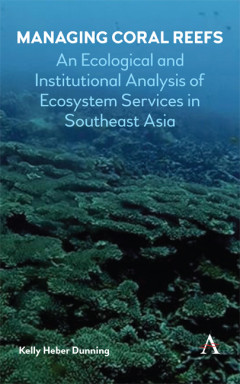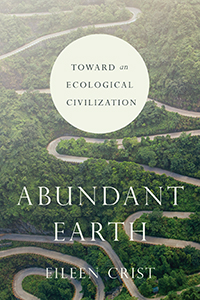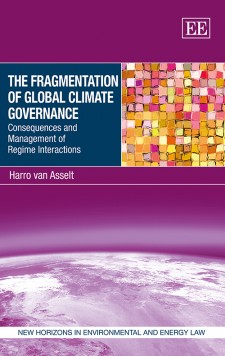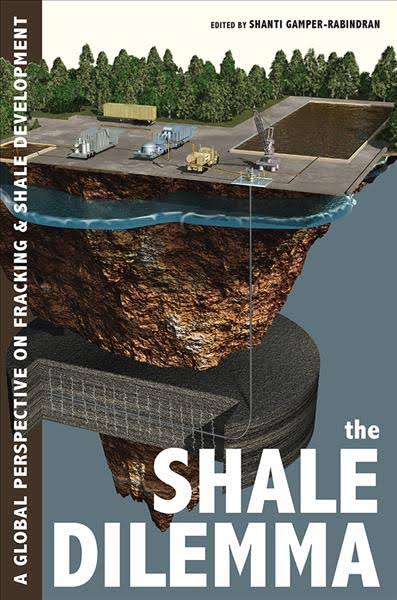Managing Coral Reefs: An Ecological and Institutional Analysis of Ecosystem Services in Southeast Asia
Reviewed by Aria Ritz Finkelstein, Massachusetts Institute of Technology
The governments of Southeast Asian countries are creating more and more marine protected areas, but is their centralized management structure really the way to go?

Managing Coral Reefs: An Ecological and Institutional Analysis of Ecosystem Services in Southeast Asia, by Kelly Heber Dunning, Anthem Press, 2018, 234 pp.
In Managing Coral Reefs, Dunning compares two ways to manage marine protected area (MPA)—Indonesia’s and Malaysia’s. Malaysia’s MPAs are centrally managed; the central government makes major decisions in the capital city Kuala Lumpur and disseminates them to local governments and to satellite offices of the Department of Marine Parks. In contrast, the Indonesian MPAs are co-managed, meaning that the central government works with local governments and villages to determine their socioeconomic needs and environmental goals and to carry out their management plans. Dunning asks, which structure is more effective?
She converses with the academic literature on institutions and environmental management—in fact the book is a good primer on those bodies of work—but her research is far from dry. Dunning dives deep, figuratively and literally. She offers lively details to illustrate her conclusions, which come both from talking to policymakers and locals and from actually diving and surveying the reefs herself. The book is well worth reading if only to learn how to conduct field research, and it offers great insight into the relationship between institutional organization and marine conditions.
Broadly speaking, in Malaysia people see management as the central government’s job. This sense of distance and disconnection leads to reefs in worse shape. In Indonesia, the picture is more complicated. Where people don’t see the link between MPAs and their own lives, the reefs look much like Malaysia’s. On the other hand, when local management takes local customs, needs, and practices into account and helps people connect their own well-being and reef health to MPA management, reef conditions are much better. Where the central government offers technical and scientific support, even more so. In the interest of brevity, I’ve drastically oversimplified the complex picture that Dunning presents. But ultimately, a system based on some combination of centralized and distributed power proves to be the most effective.




